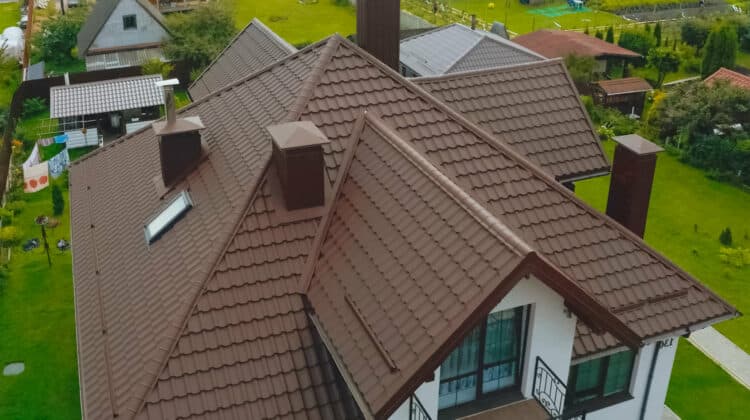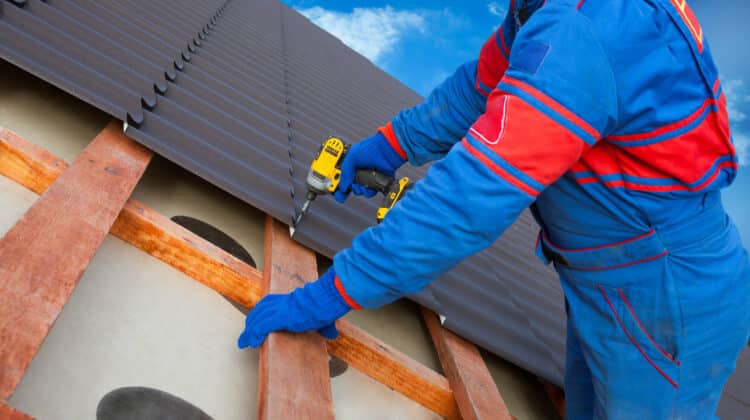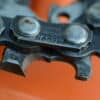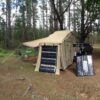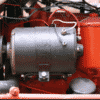Are you interested to discover what is the best gauge for metal roofing?
Before knowing the answer, there is a more important question that an ordinary layperson may want to know first the answer: what is a roof gauge?
Gauge refers to how thick the metal is for your roof. Metal roof sheets are measured by gauge and usually between twenty-two and twenty-nine.
Two roofs might have the same gauge but have different thicknesses, and any difference is only the minimum in present thickness but might impact the sturdiness of the metal.
Yet be cautious of deciding on the roof gauge alone, and you have to consider other elements relating to the durability of metal roofing.
Table of Contents
How will you know which is the best gauge for you?
It will depend on which gauge fits your budget and also takes into consideration the potential for harsh weather in your area and its ability to withstand it.
All elements have to be considered and not only the gauge. The fewer repairs and fewer replacements will occur, the more money you can save in the long run.
Why is it important to know what is the best gauge of metal roofing?
It is essential to know the best gauge for your roof so you can get the most effective and beneficial roofing system for your home.
Since there are many roofing materials available in the market today with different styles and shapes, you want to be sure you are picking the right one.
The metal roofing thickness is just one element you need to consider for your roofing system.
Yet selecting the proper metal roofing gauge can be confusing, since the higher the gauge, the thinner is the thickness of the metal roofing.
For instance, twenty four-gauge is heavier than twenty-six gauge, and twenty-nine is thinner than twenty-six.
Also, various metals have different standards of measuring, like copper’s thickness is unlike steel, which makes it more confusing.
Twenty-nine, twenty-six, twenty-four, and twenty-two gauge are the most common metal roofing gauges. Suppliers sell metal roofing materials with either twenty-six gauge or twenty-four gauge.
A standing seam roof on a new house would likely have a twenty-four gauge, and if it has an exposed fastener panel, it would likely have a twenty-nine, twenty-six, or twenty-four gauge.
Factors that help your decide on the right gauge
However, before selecting your metal roofing thickness, some factors will impact this decision and assist you in selecting the proper gauge for your metal roof.
- Select the proper metal roofing panel
- The kind of paint systems you need
- The best gauge for a metal roof covering a wood substrate
- The best gauge for metal panels to be installed over metal purlins
- To compare the various gauges for both applications
Selecting the proper metal roofing panel
Before selecting your metal roofing gauge, you have to decide on the kind of metal roofing panel for your roof.
Do you prefer an exposed fastener metal roofing panel or a standing seam metal roofing?
- Exposed fastener metal roofing panels like seven-eighths inch metal roofing sheets, PBR or purlin bearing R panels, and 7.2 or Western Rib panels are cheaper than concealed fastener panels like standing seams
- The price of standing seam panels will cost two times more than corrugated metal panels
- Twenty-six gauge exposed fastener panels are cheaper but have many screws that will puncture the panel, and each will be a probable leak in the future
- The advantage of standing seam metal roofing panels is the hidden fasteners that enable a more weathertight roofing system
- Standing seam is only available in twenty-four gauge or heavier and is a costlier alternative, and accompanied with an expensive PVDF paint finish
The paint system will affect the available gauges
In selecting the paint system, there are two options: PVDF paint or SMP (silicone modified polyester).
- SMP paint is cheaper than PVDF and is an amazing paint finish and mostly used in metal sliding and agricultural applications
- SMP paint does not enable the color integrity as long as a PDF paint
- The colors of SMP paint are light or neutral and rarely bright
- SMP paint less noticeable when light or neutral color fades compared to brighter colors
- Metal roofing panels that have SMP paint are primarily available in twenty-six gauge but also available in twenty-four or twenty-nine gauge
- PVDF is also an amazing paint finish, but light gauge steel is not available
- If you prefer PVDF paint, it will only work with twenty-four gauge steel
- PVDF paint has more bright color alternatives, designer and paint finishes
- PVDF paint holds the color longer than SMP paint
- PVDF paint fades less compared to SMP paint
The best gauge for a metal roof covering a wood substrate
Most metal roofing sheets that are installed to a wood substrate will either need a twenty-nine, twenty-six, or twenty-four gauge.
- Twenty-nine gauge might be suitable but is not recommended, since you will be purchasing flimsy sheets that are easily damaged in a hail storm, lesser wind uplift values, and snow loads
- You will have longer metal panel lengths that have more risk of damaging the panels because of contraction and expansion
- Twenty-nine gauge is not advised in locations with strong winds and snow, even though it is cheaper than twenty-six gauge
- Twenty-six gauge is better for metal roofing panels installed in wood substrate
- Twenty-four gauge is better in locations with strong snow and winds
- PDF paint works well with twenty-four gauge steel
- Twenty four gauge metal roofing weighs thirty percent more than twenty-gauge steel and will result in thirty percent more expensive
- Twenty-four gauge will cost even more with PVDF paint
- Installing an exposed fastener with twenty-four gauge will enable you many alternatives with either PVDF or SMP paint systems
- Installing standing seam metal panels will limit you to twenty-four gauge PDF paint
- If you live in an area with lots of winds, snow, and prefer a PVDF finish, you will be spending more and buy twenty-four gauge steel
- If you want to save money and prefer SMP paint, then twenty-six gauge is suitable, provided there will be no snow or strong winds
The best gauge for metal panels to be installed over metal purlins
- The metal roofing panels you have chosen must reach the distance between the purlins and can also handle the wind and load uplift
- Each metal roofing panel profile does not have the same engineering values
- Learning about the capabilities of the various metal roofing panels can be best explained by uplift and load charts, which evaluates them
- The load chart for a seven-eighth inch corrugated metal roofing sheet is not the same as the load chart for a PBR metal roofing panel
- Twenty-nine gauge is too flimsy to be used for spanning from purlin to purlin
- The right gauge for this is as light as twenty-six to as heavy as twenty gauges
- The farther the metal panel has for spanning between each support, the heavier the gauge has to be
- If the span is shorter, maybe four feet or less, the proper gauge is twenty-six
- If the span is from four to six feet, the right gauge is twenty-four
- For a longer span of more than six feet, twenty-two gauge or thicker is appropriate
- Each metal roofing job is different and requires different load and uplift capabilities
- A metal roofing panel that is made for heavier gauge steel can handle more foot traffic, able to withstand strong winds, long-lasting, and stronger
- Experts recommend consulting with an engineer to establish the panel gauge, panel type, and the proper distances between metal purlins
Is knowing what is the best gauge for metal roofing useful info?
It is, and since the metal roofing gauge is only one aspect in selecting the perfect metal roof that fits your needs, you have to learn every aspect, good and bad.
This way, once you know which metal roofing gauge is the most appropriate one, it will guide your decision-making process in choosing the best and most beneficial metal roofing material for your home.
